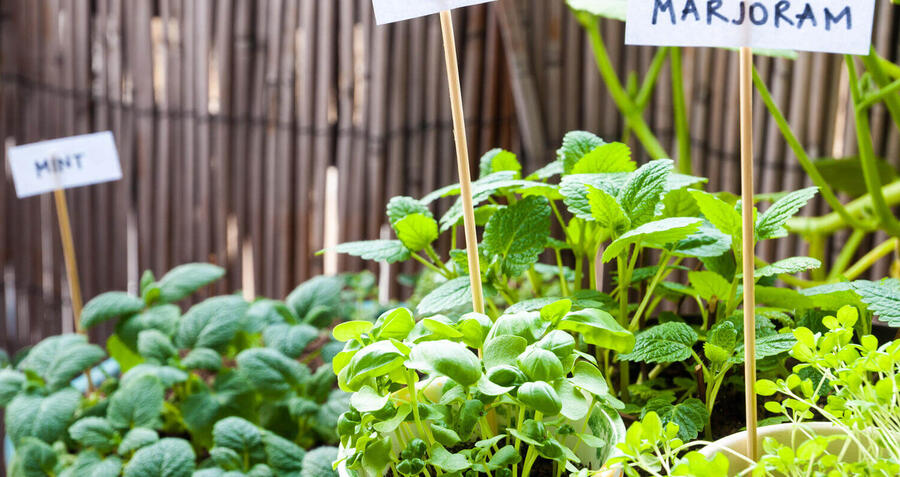Creating a more sustainable garden needn’t be complicated, and you will be surprised by how much money it can save your household throughout the year. Give these simple techniques a try and watch the savings add up!
Plant to save energy
Summer can see your energy bills rocket, but well-placed plants and trees can help reduce your home’s indoor temperatures by as much as 6 to 12° Celsius. If you live in a temperate climate, use plants that lose their leaves seasonally so you can shade your home during summer but still take full advantage of the warming winter sun. In hot climates, it’s best to plant evergreen trees, as their foliage will shade the house throughout the year.
Shrubs and ground cover will cool the air around your home, while hedges and vertical gardens can be planted to shade patios, walkways and driveways. These plants will also aid insulation when placed close to walls.
Try to plant trees and ground-covering shrubs on the north side of your home, where they will reduce glare from the midday sun. On the east and west side, plant smaller trees and tall shrubs to help block low-angle morning and afternoon sun.
Plant for the season
Make the most of your energy-saving plants by planting them at the correct time of year, so they become established quickly and easily:
- As a general rule, avoid planting any trees and shrubs in the summer, when the hot and dry weather can prevent them from becoming established.
- Trees that lose their leaves seasonally are best planted when they are bare, ideally in early autumn. This is because bare trees are dormant (or asleep) and are therefore less demanding.
- Evergreen trees and shrubs can generally be planted at any time of year, with autumn being the best season. Again, avoid planting in summer if possible.
Plant to save water
Water your garden in the morning as you’ll lose less of it to evaporation, and the plants’ roots will have enough time to absorb the water before sunshine hits the soil.
Native plants are ideal if you’re looking to save water, as they require little maintenance and water to survive. Plant them in autumn, as the air is cooler, but the soil is still warm enough to support root growth. Once a native is established, it should thrive in all seasons.
Plant to feed your family
A veggie garden will provide your family with fresh, organic food. Even better, the waste from the veggies will provide you with the perfect fertiliser for the garden.
Vegetables fall into two main categories – cool season and warm season – and most are annuals, which means they grow from seed, bear fruit and die over the course of a year. To get the best results and value from your veggie patch, it’s important to plant each veggie at the right time of year.
Cool season vegetables grow best when nights are cold and daytime temperatures don’t exceed 20 degrees Celsius. Examples include broccoli, cauliflower, onions, peas and spinach. Plant your cool season veggies in autumn or winter so they can be harvested in spring.
By contrast, warm season vegetables grow best when nights are mild and daytime temperatures rise above 20 degrees. Beans, capsicum, eggplant and tomatoes are common warm-season veggies. Plant them in spring for harvest in summer and autumn.
While a sustainable garden is a great place to start, it isn't the only way you can save on your energy bill. Make sure you’re on the right energy plan for your needs.




